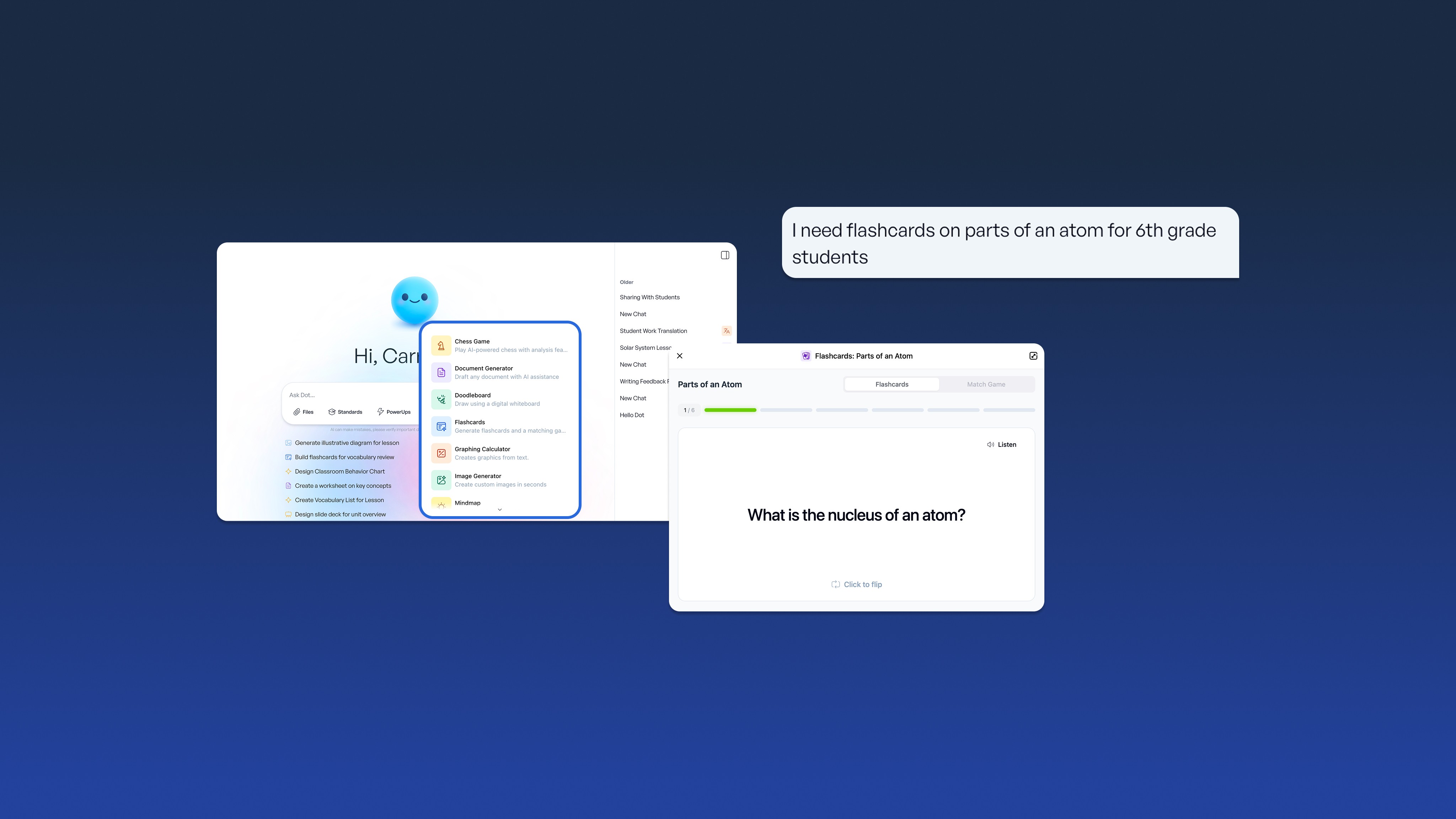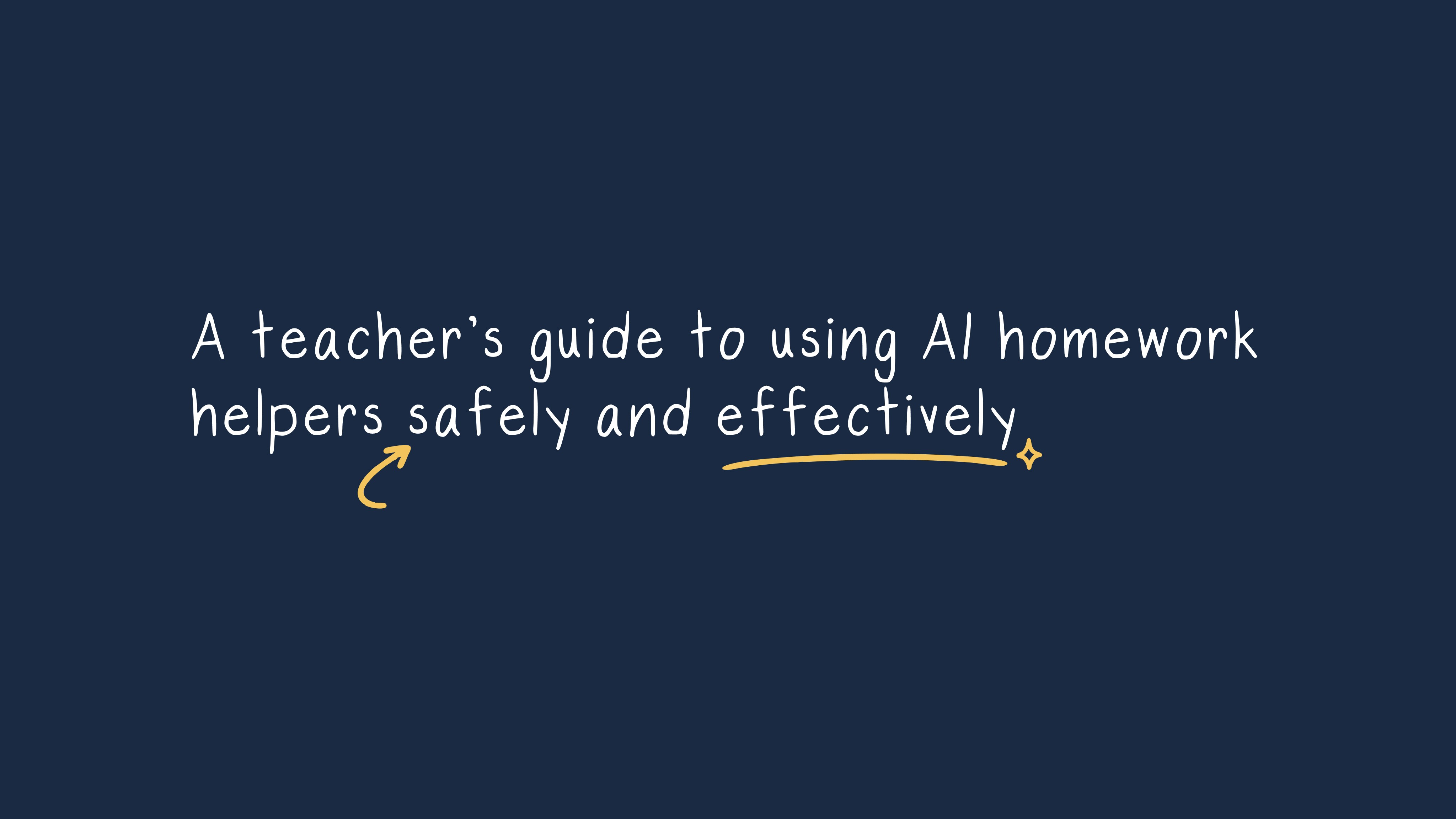Nikki Muncey
May 29, 2025
Get started
SchoolAI is free for teachers
Gone are the days of one-size-fits-all education where students either struggled to keep up or waited impatiently for classmates to catch up. Today's educational frontier is all about tailoring experiences to individual learners, recognizing that each student brings unique strengths, interests, and learning styles to the table.
With cutting-edge technology and innovative teaching methods, educators can now create learning environments that respond to individual needs in real-time. The era of personalized learning is here, and it's transforming engagement levels, improving outcomes, and preparing learners for success in an increasingly complex world.
The limitations of traditional education models
Traditional education models, while providing structured environments and social development opportunities, face significant challenges in today's rapidly evolving world.
One primary issue is the high cost and accessibility barriers. Traditional education, especially higher education, often comes with hefty price tags, making it inaccessible to many students. Fixed schedules and strict attendance requirements further disadvantage working students, parents, and those in remote locations.
Many classrooms still rely on lecture-based instruction and rote memorization, often failing to engage students with diverse learning needs. The disconnect between classroom learning and real-world skills has grown, as curricula struggle to keep pace with rapidly evolving workplace demands.
Perhaps most critically, traditional models lack flexibility and personalization. Students typically progress through material at a predetermined rate, regardless of their mastery levels. This rigidity can stifle motivation and reduce opportunities for deeper engagement.
Teacher burnout compounds these issues, as increasing administrative burdens and pressure to meet standardized metrics contribute to exhaustion and retention problems, directly impacting student learning experiences.
The benefits and importance of personalized learning in the modern classroom
Personalized learning transforms education by tailoring experiences to individual students' needs, strengths, and interests.
It has demonstrated remarkable potential to boost engagement, improve outcomes, and strengthen teacher-student relationships in today's evolving educational environment.
By accommodating different learning paces and preferences, personalized learning makes education more inclusive. Students progress at their optimal speed, engaging with content that resonates with their unique learning styles. This approach helps bridge achievement gaps, ensuring every student can succeed.
Beyond academics, personalized learning fosters critical life skills. As students take ownership of their learning journey, they naturally develop self-direction, problem-solving abilities, and metacognitive awareness. These competencies are increasingly valuable in our rapidly changing world where adaptability and lifelong learning are essential.
Teachers benefit tremendously as well. When supported by AI and data analytics, educators gain valuable insights into each student's progress and needs. This enables more targeted interventions and allows teachers to focus their efforts where they can make the greatest impact.
Implementing personalized learning: Strategies and approaches for the future-oriented classroom
Implementing effective personalized learning requires thoughtful strategies that balance structure with flexibility. Educators can employ several key approaches, including interactive learning methods, to create truly student-centered learning environments.
Differentiated teaching strategies
Effective personalization involves varying instructional approaches based on student needs:
Offering multiple ways to engage with content (visual, auditory, kinesthetic)
Providing choice in how students demonstrate understanding
Adjusting complexity levels while maintaining high standards for all
Personalized learning plans
Custom learning pathways empower students to take ownership of their educational journey. These plans typically include:
Specific learning goals aligned with standards
Preferred learning methods and resources
Regular reflection points to assess progress
Opportunities for student voice and choice
Curriculum design for personalization
Flexible curriculum structures support personalization through:
Learning pathways that allow students to pursue topics based on interests
Modular content that can be mixed and matched according to needs
Competency-based progression that enables advancement based on mastery
Meaningful student choice about content, process, and assessment
Implementation framework
For educators beginning this journey, start with:
Assessing current practices to identify personalization opportunities
Starting small with one subject area or unit
Building student agency gradually
Leveraging available technology to make personalization manageable
Continuously refining approaches based on outcomes
Overcoming challenges in personalized learning
While personalized learning offers tremendous benefits, implementing it effectively requires addressing several key challenges:
Resource constraints
Limited time, technology, and staffing can hinder personalization efforts. Educators can overcome these barriers by:
Starting with pilot programs in specific subjects before scaling up
Utilizing existing technology and AI-powered tools for teachers
Creating teacher collaboration networks to share resources and strategies
Teacher preparation
Shifting to personalized approaches requires new skills and mindsets. Support teacher development by:
Providing ongoing professional development on personalization strategies
Creating mentorship programs pairing experienced practitioners with newcomers
Encouraging regular peer learning and sharing of best practices
Balancing structure with flexibility
Finding the right mix of guidance and autonomy is crucial. Successful programs:
Implement scaffolded choice that gradually increases student agency
Create structured yet flexible curriculum pathways
Regularly assess effectiveness and make necessary adjustments
Equity considerations
Ensuring all students have equal access to personalized learning is essential:
Conduct technology needs assessments to identify and address gaps
Provide in-school access to necessary tools and resources
Develop approaches that don't rely exclusively on technology
Data privacy and algorithmic bias
Using student data responsibly requires:
Establishing transparent policies on data collection and usage
Educating all stakeholders about data practices
Regularly evaluating AI systems for potential biases
Ensuring diverse representation in learning materials and content
Bringing personalized learning to every classroom
By tailoring instruction to each student's unique needs, strengths, and interests, we create learning environments that boost engagement, improve outcomes, and prepare students for future success. The integration of AI and advanced technologies makes personalized learning possible at scale, offering continuous assessment, immediate feedback, and dynamic content adjustment.
The goal here isn't just improved test scores but developing engaged, self-directed learners equipped with skills for our rapidly changing world. Ready to transform your classroom with personalized learning? SchoolAI provides the tools, resources, and support you need to create truly student-centered learning experiences. Visit SchoolAI today to discover how we can help you unlock each student's full potential.
Key takeaways
Traditional education models face significant challenges including high costs, accessibility barriers, rigid schedules, and one-size-fits-all approaches that fail diverse learning needs.
Personalized learning transforms education by tailoring experiences to individual students' needs, boosting engagement, improving outcomes, and fostering critical life skills like self-direction.
AI-powered adaptive learning tools analyze student performance in real-time, adjusting content difficulty and pacing to match each learner's abilities automatically.
Implementation requires starting small with pilot programs, building student agency gradually, leveraging available technology, and continuously refining approaches based on outcomes.
Key challenges include resource constraints, teacher preparation needs, balancing structure with flexibility, ensuring equity, and addressing data privacy and algorithmic bias concerns.
Transform your teaching with AI-powered tools for personalized learning
Always free for teachers.
Recent posts
REFRESH: AI adoption challenges in schools: How to prepare staff and infrastructure
Jennifer Grimes
—
Dec 19, 2025
REFRESH: AI integration: Adding AI tools into your school’s existing technology
Stephanie Howell
—
Dec 19, 2025
Create lesson plans that work: Strategic planning for teachers
Cheska Robinson
—
Dec 18, 2025
A teacher’s guide to using AI homework helpers safely and effectively
Heidi Morton
—
Dec 18, 2025





